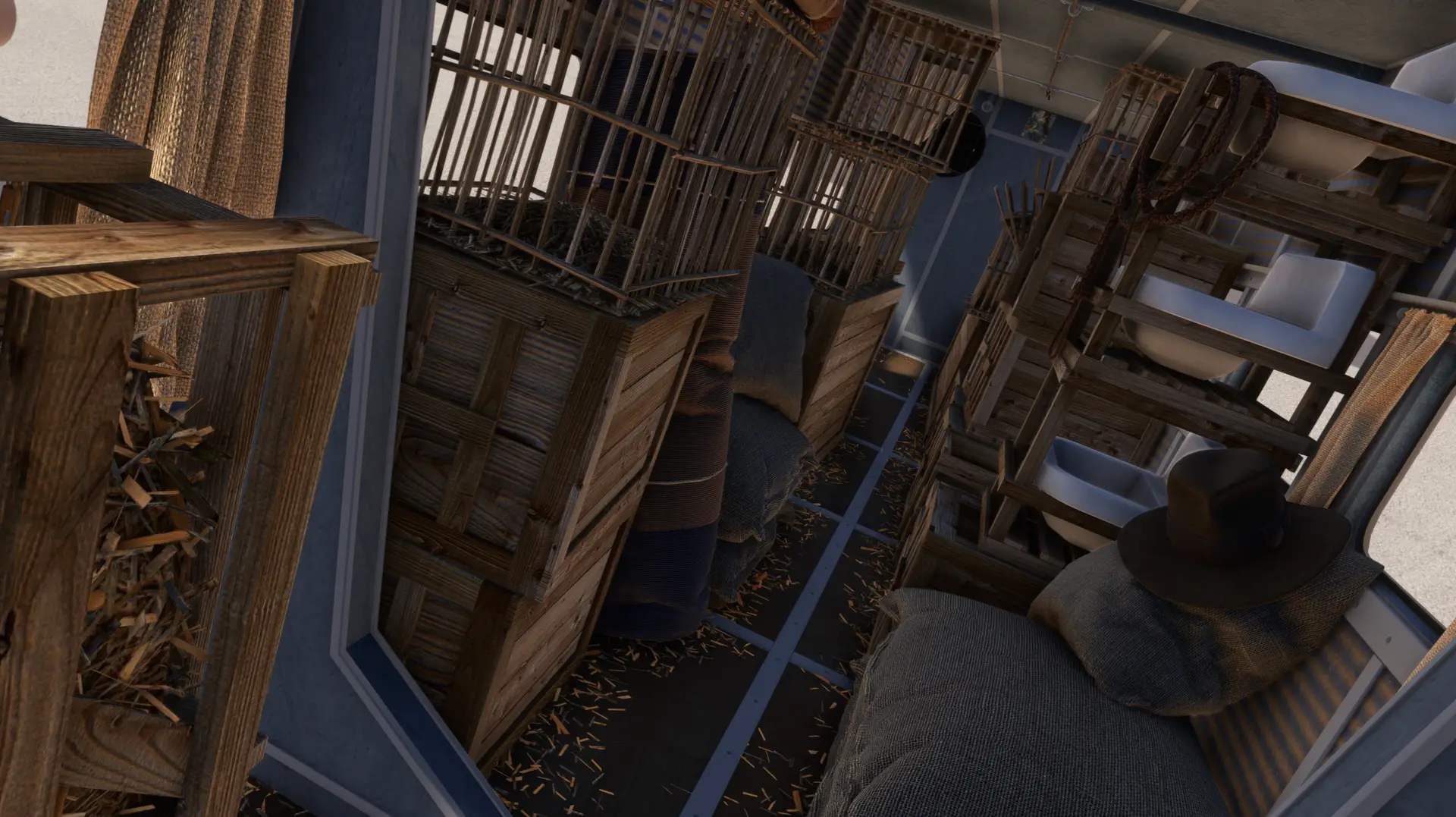The 5-AT is an all-metal, high-wing, three-engine passenger and cargo aircraft produced by the Ford Motor Company’s Stout Metal Airplane Division. It is an engine-specific variant of the famed “Trimotor,” the first iteration of which took its maiden flight on June 11, 1926, and entered service later that year. A total of 199 trimotors were manufactured during a production run that lasted from 1926 to 1933. It is crewed by one or two and can carry up to 12 total, including pilot(s). The Trimotor, vigorously backed by Henry Ford, quickly established itself as one of the luminaries of the Golden Age of Flight, the period of aviation history between World War I and World War II. The 5-AT variant features an extended wing and more powerful engines.
The introduction of the Trimotor was one of the most important milestones in the early history of aviation, notably that of commercial passenger carrier lines. The sturdy, powerful, and comfortable aircraft allowed for the opening of several long-range routes. These included Pan American Airway’s first international run, from Key West, Florida, to Havana, Cuba, and several domestic routes throughout the United States. In all, roughly 100 airlines used the Ford Trimotor. The aircraft served for decades, including as a freighter in its latter years of operation. Although primarily a civil commercial craft, the Trimotor saw limited service in military logistics roles.
Its durability and reliability led Richard Byrd to choose the aircraft for an expedition to Antarctica. Three Trimotors were used, one of which made the first overflight of the South Pole in November of 1929. The Trimotor was also operated by several famous aviators, including Amelia Earhart and Charles Lindbergh, adding to its notoriety and legendary status.
The 5-AT features corrugated aluminum construction on its fuselage, wings, tail section, and control surfaces. It measures 49 feet, 10 inches in length, stands 13 feet, 8 inches tall, and has a wingspan of 77 feet, 10 inches. It has a traditional empennage and a fixed standard undercarriage. The aircraft can be fitted with floats for water operation or skis for snow and glacier take-offs and landings.
The Trimotor is powered by three 420-horsepower, 9-cylinder Pratt & Whitney R-1340 Wasp radial piston engines; each turns a 2-blade, fixed-pitch propeller. Two engines are suspended by braces under the main wing, one on each side, and one engine is mounted on the airplane’s nose. The 5-AT has a range of 560 miles, climbs at 800 feet per minute, and has a service ceiling of 18,000 feet above sea level. It cruises at 122 mph and has a top speed of 135.





















